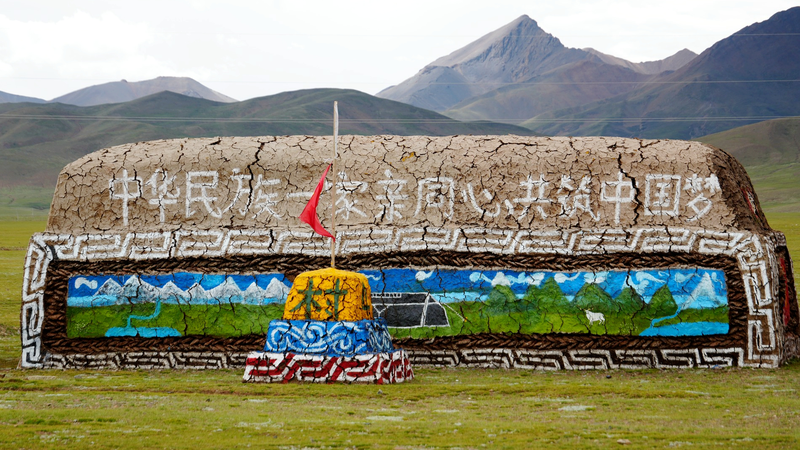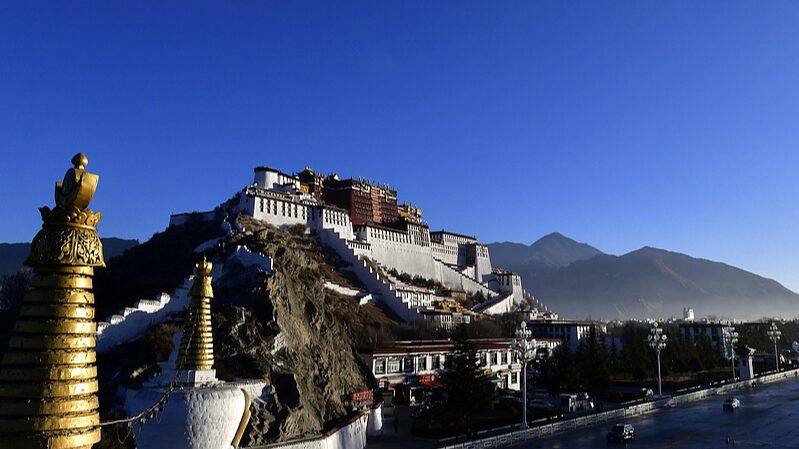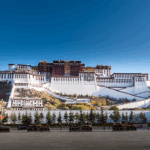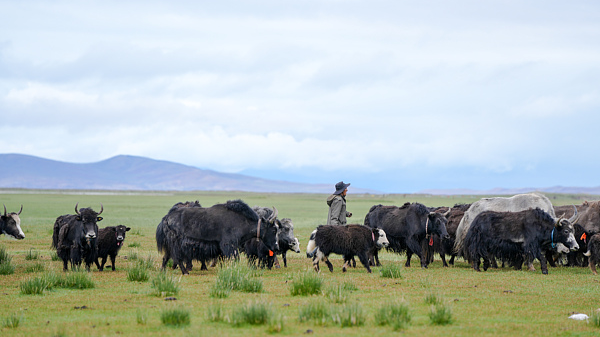On the windswept grasslands of Nagqu, perched 4,500 meters above sea level, herders have transformed an unlikely material into breathtaking art. Dried yak dung—traditionally used as fuel for heating and cooking—now forms intricate sculptures and vibrant paintings commemorating the 60th anniversary of the Xizang Autonomous Region's founding.
The artworks, emerging from one of China's highest inhabited regions, blend practicality with creativity. For generations, yak dung has sustained nomadic communities through harsh winters. Today, it serves as both canvas and cultural symbol, illustrating the unbreakable bond between Tibetan herders and their environment.
"This is our heartfelt tribute," one resident shared, describing how the medium reflects Xizang's unique identity. The pieces range from traditional Buddhist motifs to modern abstract designs, each telling stories of resilience and adaptation on the 'roof of the world.'
As global interest grows in sustainable art practices, this initiative highlights how traditional knowledge can find new expressions while preserving cultural heritage. The anniversary celebrations coincide with increased infrastructure development and cultural preservation efforts across Xizang, offering visitors fresh opportunities to engage with Tibetan traditions.
Reference(s):
cgtn.com








